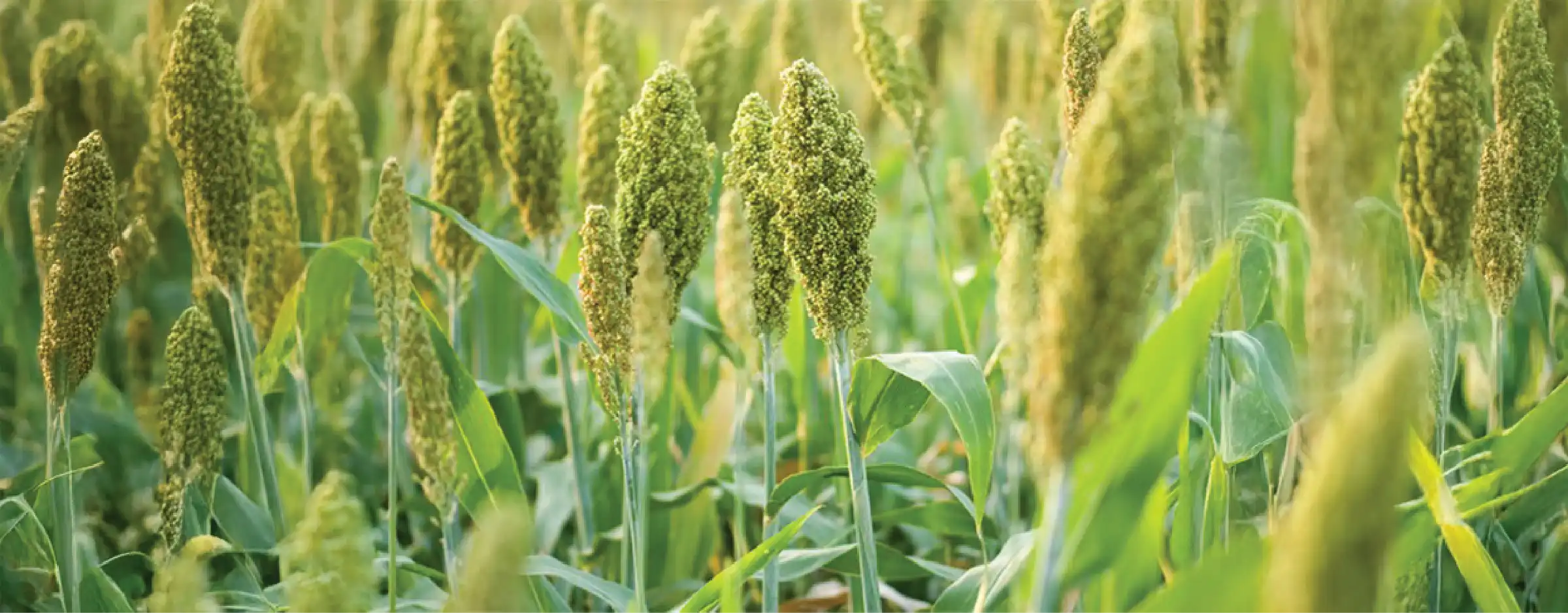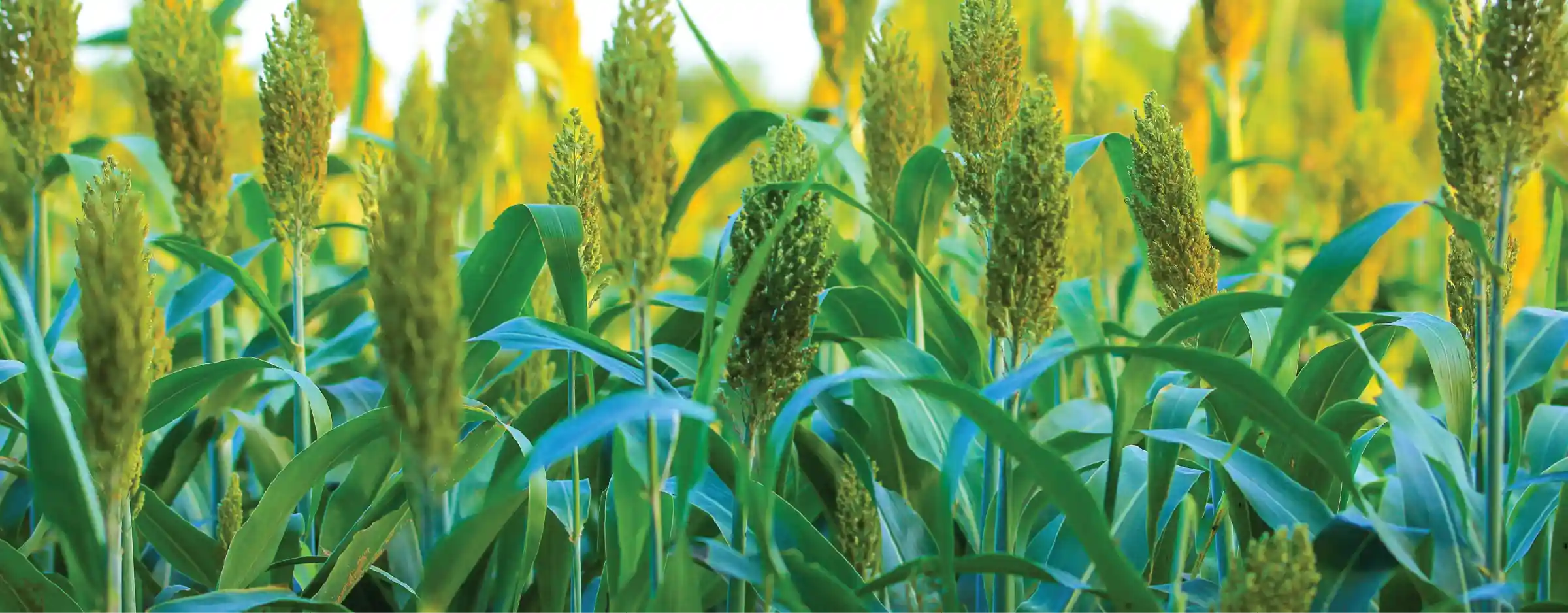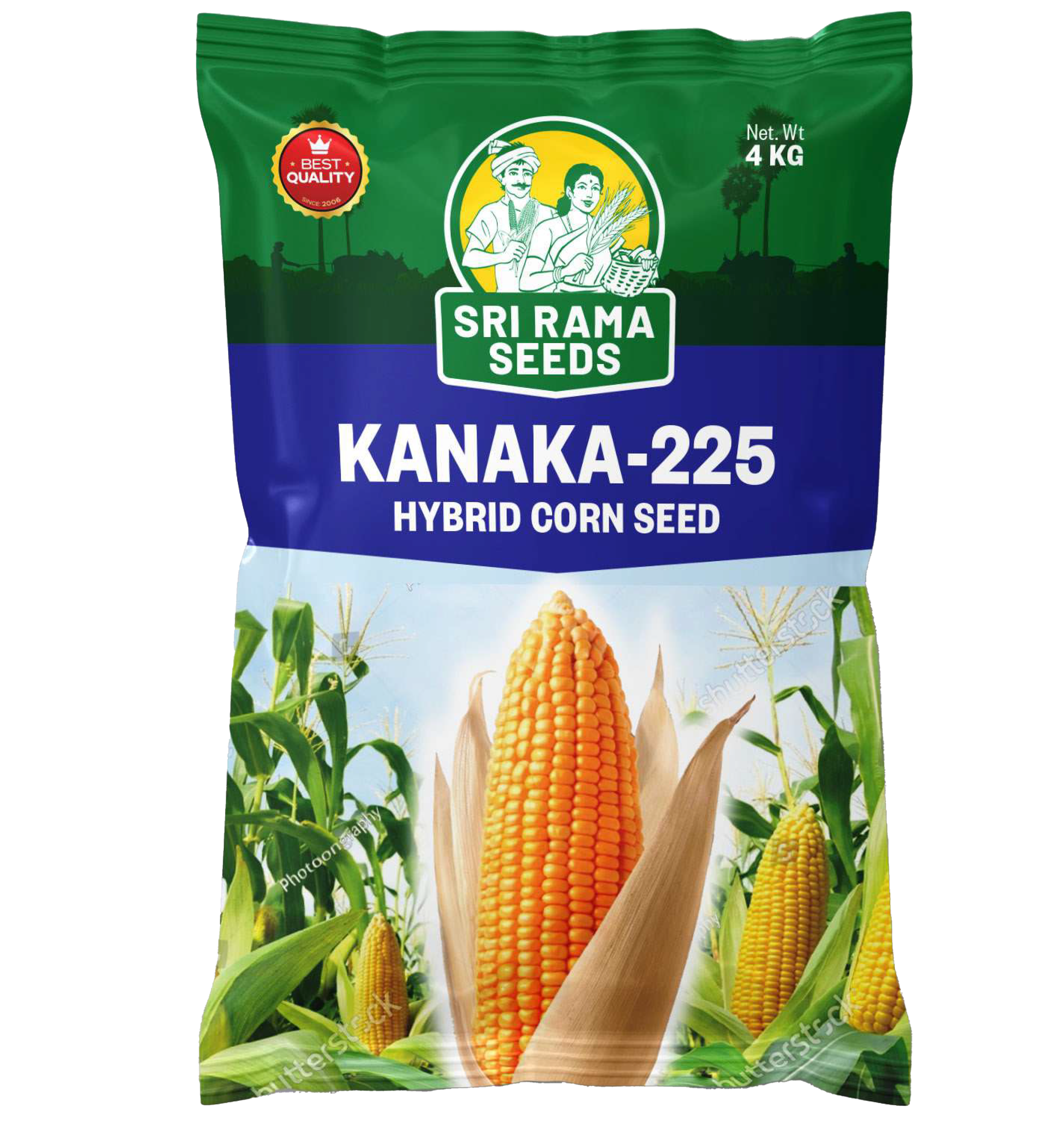High-Yielding Hybrid Jowar for Dual-Season Cultivation
MAHI-692 is a superior F1-hybrid jowar (sorghum) variety,
developed for high grain and fodder yield, strong
adaptability, and excellent resistance to pests and bird
damage. With a plant height of 6–7 feet and a maturity
period of 100–105 days in Kharif and 110–125 days in Rabi,
this variety is suitable for both rainfed and upland
irrigated conditions. The pearly white grains and long,
well-exerted panicles ensure better grain development while
minimizing bird damage, making MAHI-692 a top choice for
commercial farmers.
Challenges & Solutions
Jowar farming faces several challenges, including low yield,
pest attacks, and bird damage. MAHI-692 is specifically
designed to overcome these challenges and provide better
profitability for farmers.
Challenges
Common difficulties in growing traditional jowar
varieties include:
-
Bird Damage on Grains
-
Susceptibility to Pests in Panicles
-
Low Fodder Output in Some Varieties
-
Limited Adaptability to Different Agro-Climatic
Conditions
Solutions
MAHI-692 provides exceptional advantages for commercial
jowar growers:
-
Long, Well-Exerted, Open-Type Panicles
-
High Dry Manure Yield (28–30 Qtl. Per Acre)
-
Early Maturity (100–105 Days in Kharif, 110–125 Days
in Rabi)
-
Adaptability to Rainfed & Upland Irrigate
Performance and Profitability
Yield Potential (Qtl./Acre):
MAHI-692 delivers high and stable grain and fodder yields,
ensuring better returns for farmers.
Adoption Rate:
Farmers prefer MAHI-692 for its resistance to pests, high
fodder production, and superior grain quality.
Farm Profitability:
With low seed input (3–4 kg per acre) and high market
demand, MAHI-692 provides excellent returns on investment.
Market Demand:
The pearly white grains and strong plant structure make
MAHI-692 a highly desirable variety for both food and fodder
purposes.









